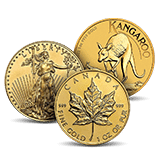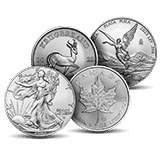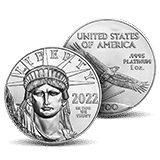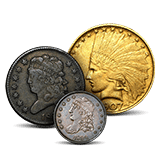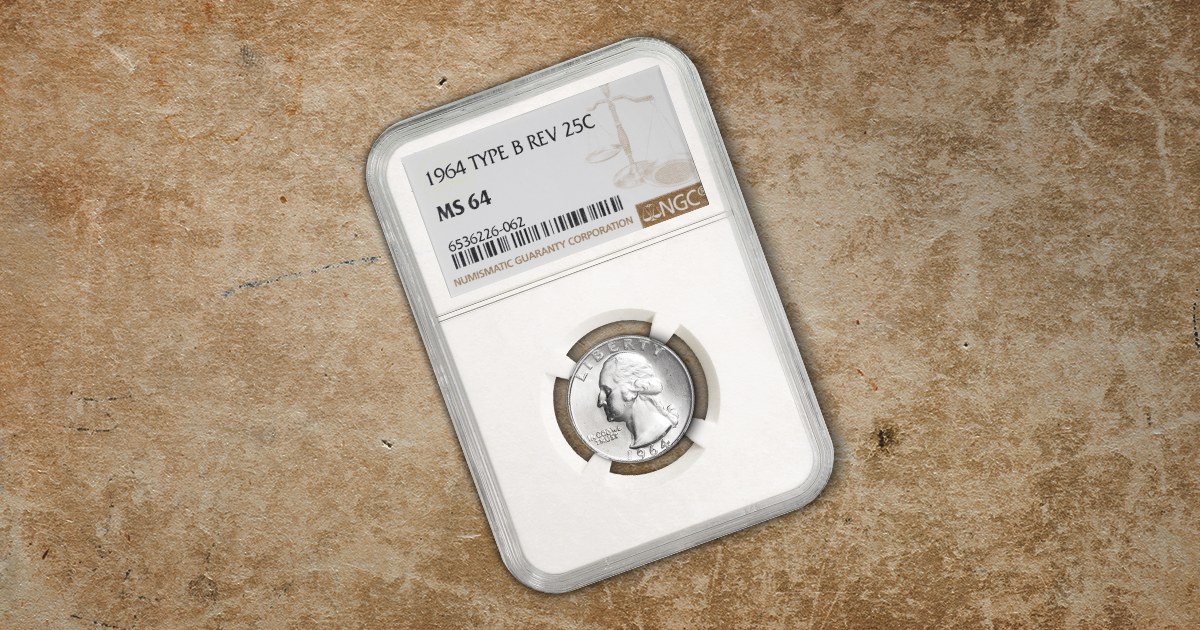
The Type B reverse quarter design emerged in 1956 on proof issues of Washington Quarters and made its way onto a handful of business strikes. Its mirror-like fields, elevated relief, and subtle differences in letter spacing on the motto transformed collectors’ expectations for proof quality.
Historical Context and Influences
The Washington Quarter was introduced in 1932 to honor George Washington’s bicentennial and saw steady circulation. Post-war advances in hub polishing and die-hardening ushered in enhanced proof techniques. Beginning in 1956, Philadelphia’s workshop produced a modified reverse hub, which was later called Type B, that sharpened feather detail, deepened relief, and widened the gap in STATES. Philadelphia struck Type B proofs through 1964, with Denver issuing some in the final year. A handful of proofs entered circulation, cementing the Type B’s mystique.
Design Characteristics of the Type B Quarter Reverse
Flanagan’s reverse design marries neo-classical symbolism with technical precision. The eagle’s outstretched wings evoke vigilance, while the arrows and olive branches balance the themes of strength and peace, a blend that underscores national iconography and reflects Flanagan’s classical training.
- Letter Spacing: The “E–S” gap in “STATES” measures roughly 1.5 mm wider than Type A.
- Relief & Detail: Feather quills, wing vanes, and olive branch nuances appear with razor-sharp definition.
- Field Finish: Ultra-smooth, mirror-like surfaces set proof quality apart from circulation strikes.
Die Diagnostics
Understanding die diagnostics enables collectors to differentiate between genuine Type B reverses and sequence of die wear. This brief explanation of why these markers matter provides context for each attribute.
Collectors should look for:
- Polish Lines: Subtle linear streaks from rim to field, remnants of hub polishing.
- Die Cracks: Fine fractures often found near the wing tips or branch junctions radiating outward.
- Detail Softening: Progressive rounding of feather barbs and olive leaf veins indicates later die states.
John Flanagan
John Flanagan was born on April 6, 1865, and trained at New York’s Cooper Union before apprenticing under sculptor Augustus SaintGaudens. He championed neoclassical harmony, precise relief, and clear portraiture.
His medallic masterpieces include:
- Hudson Fulton Celebration Medal (1909), inaugural Circle of Friends series issue.
- Panama Pacific Exposition Medal (1915), celebrating the Panama Canal’s opening.
- Verdun Medal (1916), a U.S. gift to France commemorating World War I valor.
After he was appointed assistant sculptor engraver at the U.S. Mint in 1910, Flanagan designed:
- The Mercury dime obverse (1916)
- The enduring Washington quarter obverse (1932)
His eagle motif was refined across medals and coins and achieved its most dramatic effect in the Type B reverse’s intensified contrast and definition.
Issuance Details
Proof Mintage by Year
| Year | Philadelphia | Denver |
| 1956 | 30,334 | — |
| 1957 | 36,595 | — |
| 1958 | 35,836 | — |
| 1959 | 34,923 | — |
| 1960 | 39,340 | — |
| 1961 | 37,799 | — |
| 1962 | 40,748 | — |
| 1963 | 42,547 | — |
| 1964 | 31,638 | 6,341 |
A handful of these proof hubs accidentally struck business strikes.
Varieties & Errors
Beyond its core Type B identity, collectors also seek sub-varieties and errors that enhance rarity:
- Doubled Dies: Ghost images on inscriptions or feathers from misaligned hub impressions.
- Repunched Mintmarks (RPMs): Particularly on 1964-D proofs where mintmarks were corrected.
- Cuds & Die Breaks: Raised metal blobs from hub fractures add collector appeal.
Authentication & Acquisition
Confirm Type B status by measuring the E–S spacing (~1.5 mm), inspecting fields for polish lines, and matching die crack patterns under 10× magnification. Purchase certified coins that have been graded by one of the premier grading organizations like PCGS or NGC, and cross-reference prices with auction archives.
Preservation & Insurance
Store coins in inert holders or certified slabs; handle by edges or with gloves. Never clean your coins. Insure your collection through professional appraisals.
Cultural Significance
The Type B reverse exemplifies post-war mint craftsmanship. Comparable experiments include the Eisenhower dollar’s Type 1 and Type 2 reverses and proof-only variations in the U.K. (1953 crown) and Canada (1955 nickel). Institutions like the Smithsonian’s National Numismatic Collection and the ANA Money Museum preserve Type B proofs for study and exhibition.

